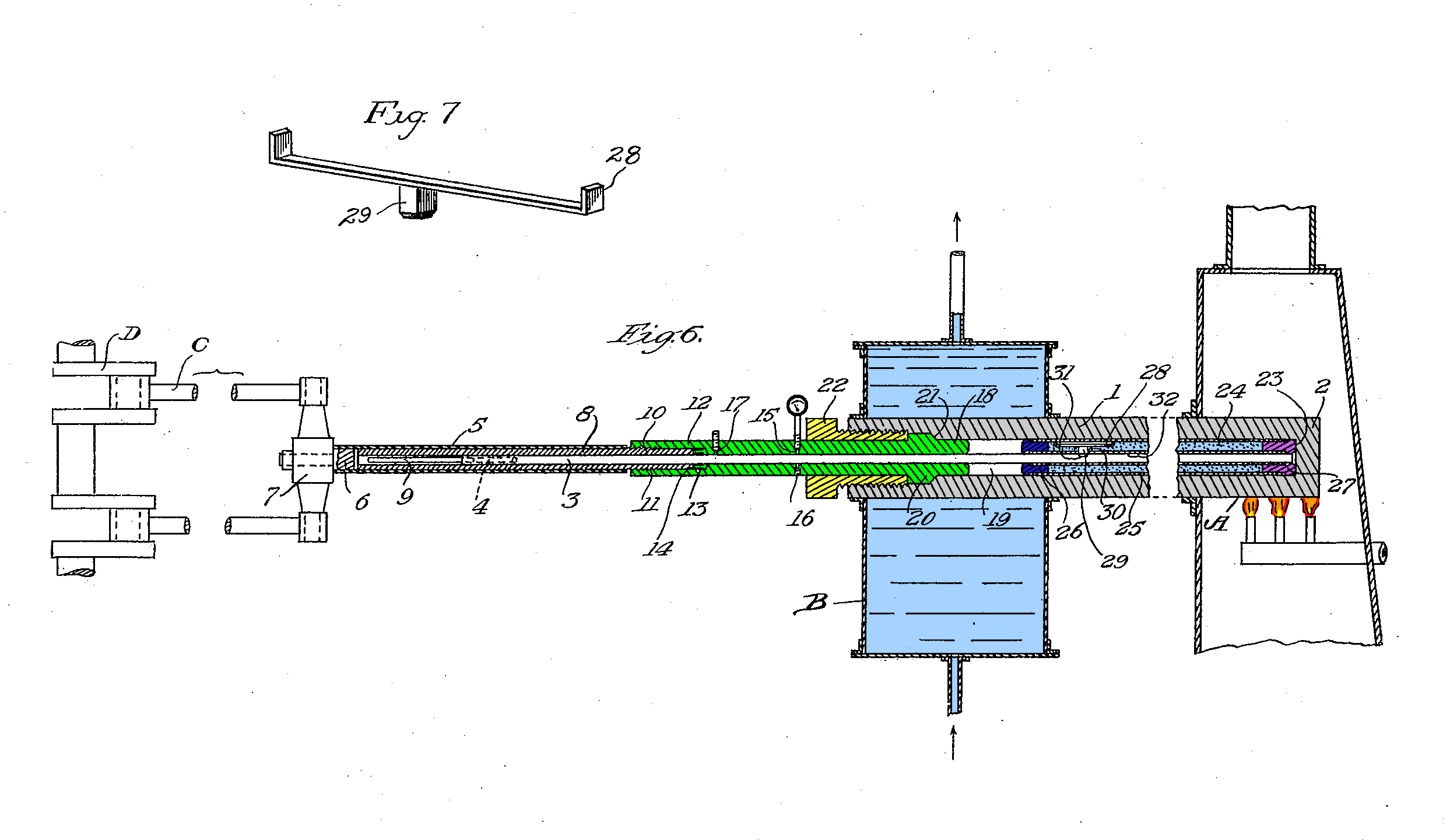Malone engine on:
[Wikipedia]
[Google]
[Amazon]

 The Malone engine is a liquid-based engine invented by J.F.J Malone of
The Malone engine is a liquid-based engine invented by J.F.J Malone of

 The Malone engine is a liquid-based engine invented by J.F.J Malone of
The Malone engine is a liquid-based engine invented by J.F.J Malone of Newcastle
Newcastle usually refers to:
*Newcastle upon Tyne, a city and metropolitan borough in Tyne and Wear, England, United Kingdom
*Newcastle-under-Lyme, a town in Staffordshire, England, United Kingdom
*Newcastle, New South Wales, a metropolitan area ...
, England
England is a Countries of the United Kingdom, country that is part of the United Kingdom. It is located on the island of Great Britain, of which it covers about 62%, and List of islands of England, more than 100 smaller adjacent islands. It ...
. The engine used high temperature water as its working fluid
For fluid power, a working fluid is a gas or liquid that primarily transfers force, motion, or mechanical energy. In hydraulics, water or hydraulic fluid transfers force between hydraulic components such as hydraulic pumps, hydraulic cylinders, a ...
, and was therefore also referred to as the Hot Water Engine. A US patent, describing it with Mercury or a Mercury-Lead Alloy as working fluid, for the engine was granted in 1924,
Malone's first 50 hp prototype was completed in 1925, and used coal to heat high pressure water sealed inside a cylinder. Malone's second prototype, demonstrated in 1931, also produced 50 hp but in a much smaller design.
In independent testing the design showed an efficiency
Efficiency is the often measurable ability to avoid making mistakes or wasting materials, energy, efforts, money, and time while performing a task. In a more general sense, it is the ability to do things well, successfully, and without waste.
...
of 27%, which exceeded the efficiency of steam engine
A steam engine is a heat engine that performs Work (physics), mechanical work using steam as its working fluid. The steam engine uses the force produced by steam pressure to push a piston back and forth inside a Cylinder (locomotive), cyl ...
s of the day and approximately equalled the efficiency of a gasoline engine.
The cycle used by the Malone engine is a modified version of the Stirling Cycle
The Stirling cycle is a thermodynamic cycle that describes the general class of Stirling devices. This includes the original Stirling engine that was invented, developed and patented in 1816 by Robert Stirling with help from his brother, an en ...
. The sealed cylinders filled with water are heated from one end to a temperature above the normal boiling point
The boiling point of a substance is the temperature at which the vapor pressure of a liquid equals the pressure surrounding the liquid and the liquid changes into a vapor.
The boiling point of a liquid varies depending upon the surrounding envi ...
of water, but because of the limited volume within the cylinder the water can not change phase. Instead, the water expands, in the process pushing the piston inside the cylinder. The opposite end of the cylinder is cooled by the air, or alternatively a coolant fluid, and thus the cylinder compresses once more, completing the Stirling cycle.
External links
References